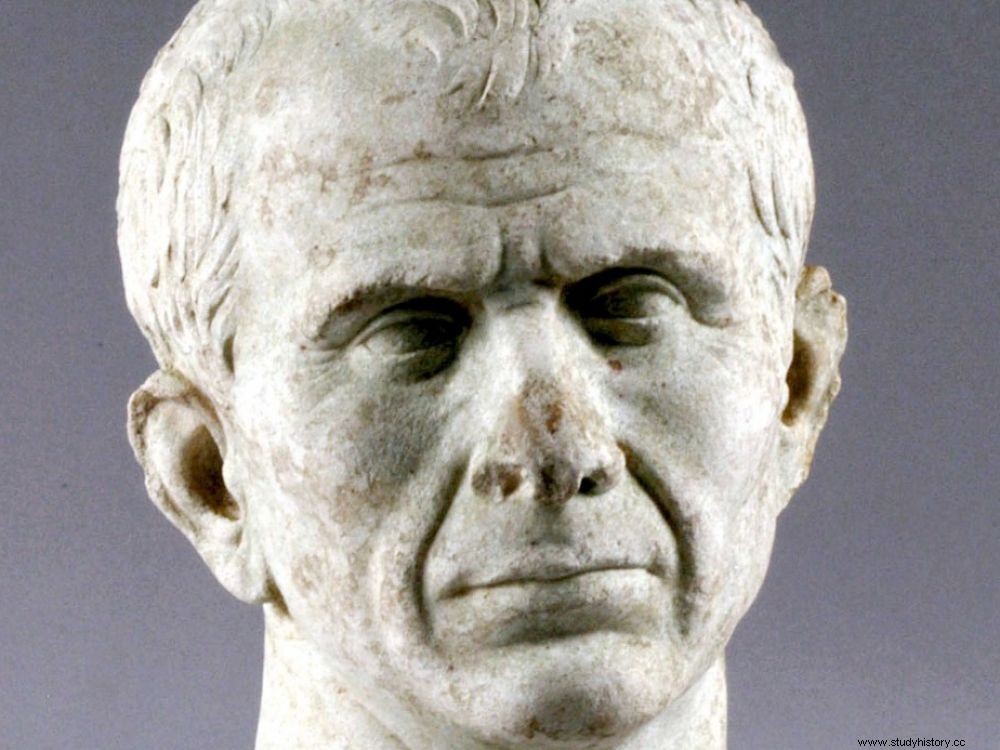Music festival, vintage version:listen to the "oldest songs in the world", ancient songs dating from the 4th century BC.

Bust of Julius Caesar. Illustrative image.
"The" question to ask yourself on this music festival, version 2019:what music did Julius Caesar listen to - at least when the Gallic Wars left him free to do so -? And Alexander the Great? Who was the greatest Greek composer in the 4th century BC? "Timothée de Milet", replies without hesitation Annie Bélis, director of research at the CNRS, at the Institute of Papyrology at the Sorbonne, former student of the French School of Athens, and specialist in ancient Greek music. It is to this eminent philologist and his team that we owe the exceptional and unpublished interpretation of two new works from the ancient repertoire, in January 2009, in the premises of the École Normale Supérieure in Paris (ci below, Athenaios, Kerylos set credit) .
An extremely rare heritage
An extremely rare heritage that the scientists of the Institute for Research and History of Texts (IRHT) track down, translate and transcribe to bring back from the depths of the ages melodies composed by Euripides, Carcinos or Timothy, peans (see below) dedicated to Apollo dated to the 2nd century BC. J.C, hymns to Lemnos or works by Mésomede of Crete, the favorite musician of the Emperor Hadrian.
Only Greece sent us musical scores
Zither, by the Kerylos ensemble.
Only Greece sent us musical scores, via papyri unearthed in Egypt. Mutilated, often incomplete, about fifty of them have nevertheless come down to us. For almost a thousand years, between the 6th century BC and the Barbarian invasions of the 5th century AD, music was transcribed only in the manner of the Greeks. Whether in the time of Alexander, in Ptolemaic Egypt or in the Roman Empire, a system of double musical notation "of dizzying complexity" accompanied the texts. Small graphic symbols figured directly above the syllables, these representations derived from the alphabet, represented melodic and rhythmic signs.
Limenios, by Kerylos Ensemble.
DANISH PRODIGY. Understanding how this notation system works was only possible thanks to the providential translation, in 1652, of a treatise on ancient music, by a Danish prodigy named Marcus Meibom. Found in the 17th century after being transmitted via various medieval manuscripts, this treatise written in 360 AD by a certain Alypius, contained explanations of the musical symbols of Greek Antiquity! Thus, at the end of the 19th century, the musical papyri began to be discovered, they already had their Rosetta stone. Thanks to this, it is now possible for us, 2000 to 2500 years later, to hear the melodies and songs that Julius Caesar or Marc Aurèle listened to.
Pean: among the Greeks, the pean is a work in five stages which celebrates the divine powers, and in particular Apollo.
